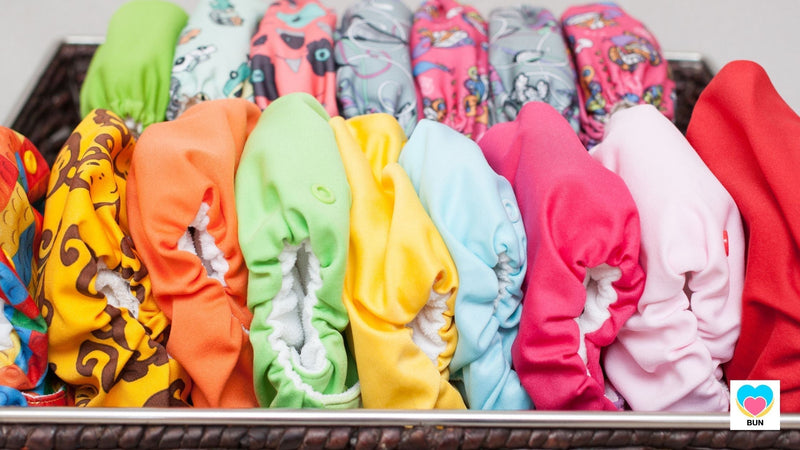
If you're the kind of mom who breastfeeds, makes homemade baby food, and checks labels for every product that touches your baby’s skin, cloth diapering might already be on your radar. Maybe you don't do any of that, and yet, cloth diapering is something you wish to explore. More and more parents are choosing cloth diapers not only for their environmental benefits but also to reduce exposure to chemicals and save money in the long run.
But let’s be honest—cloth diapering is different than using disposables, and getting started can feel a bit overwhelming. These ten practical tips will help make your cloth diaper journey easier, cleaner, and more confident from day one.
How to Make Cloth Diapering Easier and Doable
1. Invest in a Diaper Pail With a Lid
Cloth diapers need their own dedicated laundry space. A sturdy diaper pail or container with a secure lid helps lock in odors and keeps soiled diapers separate from the rest of your laundry. Bonus points if it has a washable liner you can toss in the wash with your diapers.
2. Use Natural Baby Powder or Rash Creams
While conventional baby powders have gotten a bad rap, there are safe, talc-free alternatives made from cornstarch or kaolin clay that can help keep baby dry.
Petroleum-based diaper creams can stain and reduce absorbency in cloth diapers, so opt for cloth-safe, natural rash balms or powders instead.
3. Make the Switch to Cloth Wipes
If you're using cloth diapers, switching to reusable cloth wipes is a no-brainer. Cut up flannel or soft cotton fabric, and store them near your changing station with a spray bottle of water (or a gentle wipe solution).
They’re washable, reusable, and surprisingly effective.
4. Wet Bags Are a Must for Outings
You can cloth diaper on the go—you just need the right gear. A waterproof wet bag lets you store used diapers until you get home.
Pack a few clean diapers, cloth wipes, and a wet bag in your diaper tote, and you’re ready for anything. Tip: bring a spare outfit for you and baby, just in case.
5. Choose a Cloth-Safe Detergent
Cloth diapers require a detergent that cleans well without leaving residues that could irritate baby's skin or reduce absorbency.
Look for a detergent specifically designed for cloth diapers or one that's free of fragrance, dyes, and enzymes. It makes a difference in diaper performance and lifespan.
6. Don’t Overdo the Diaper Cream
Even cloth-safe creams can build up over time. If your baby doesn't have a rash, skip the cream altogether. When needed, apply sparingly and consider using a liner to protect the diaper from residue.
Some parents even use reusable fleece liners or cloth diaper liners to create a barrier that’s easier to clean.
7. Find the Right Fit
Fit is everything with cloth diapers. Too loose, and you'll have leaks; too tight, and it can leave marks on baby’s skin.
Try a few brands of the best cloth diapers or styles before stocking up. Some babies do better with all-in-ones, while others work best with pocket diapers or prefolds with covers.
8. Sunlight Is Your Secret Weapon
Have stains? Nature’s got your back. Drying diapers in the sun naturally fades stains and helps kill bacteria—no bleach needed. Just lay them flat or hang them outside for a few hours. (Bonus: it saves energy, too!)
9. Build a Reasonable Stash
You don’t need 50 diapers to get started. Most parents find that 20–24 cloth diapers is a comfortable number for full-time use.
That gives you a two-day rotation and a little wiggle room while you wash and dry.
10. Give Yourself Grace
Some days, you’ll use disposables. Some days, the laundry will pile up. That’s okay. Cloth diapering doesn’t have to be all or nothing—every reusable change helps reduce waste and exposure to chemicals.
Celebrate your effort and do what works for your family.
Now...check out HOW TO USE CLOTH DIAPERS STEP BY STEP to finish the process and get you off to the proper start.
Cloth diapering doesn’t have to be complicated.
With the right setup and a few tried-and-true tips, you can simplify the process and feel confident knowing you’re doing something great for your baby—and the planet.
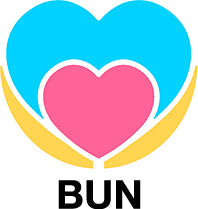
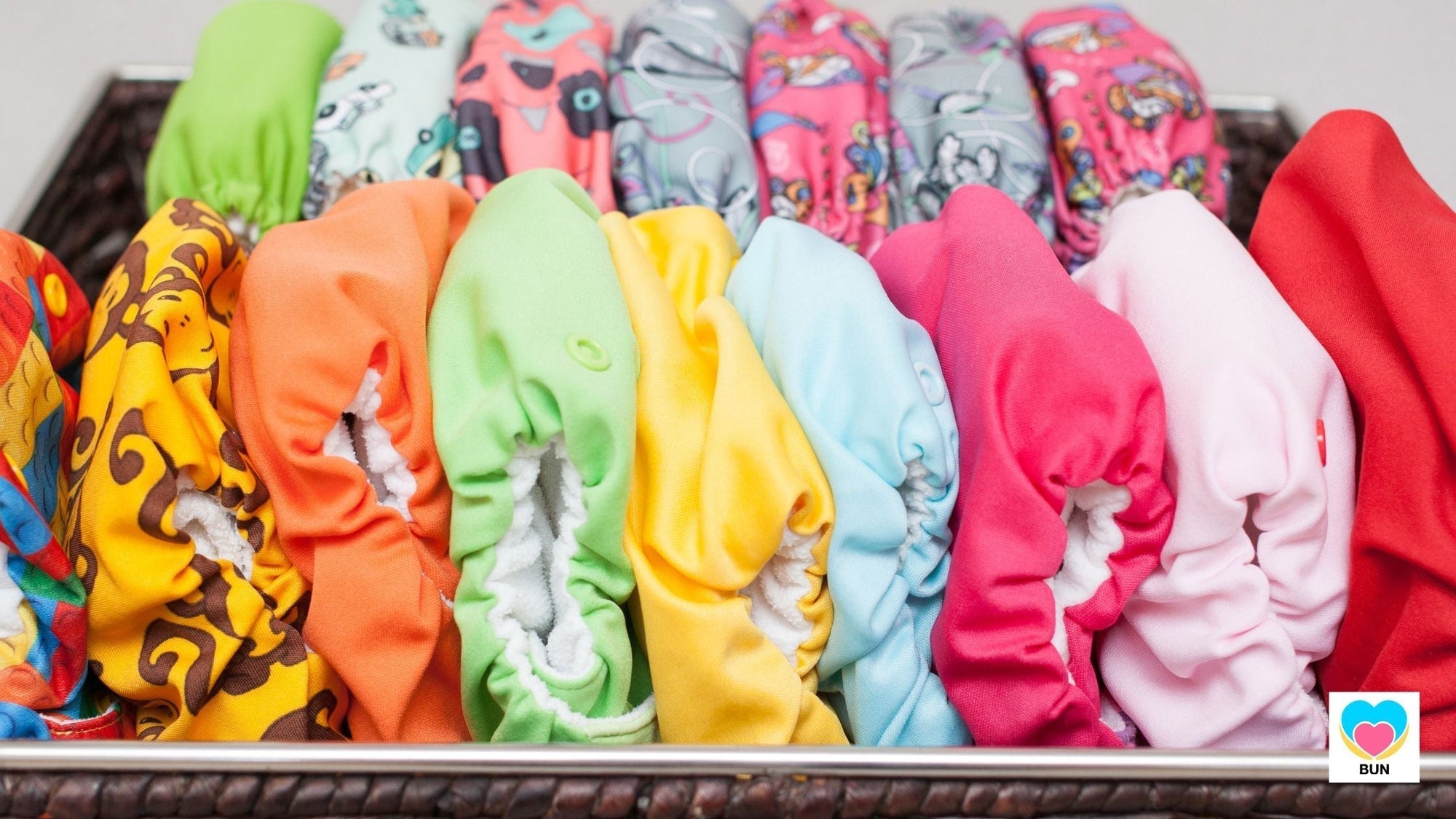
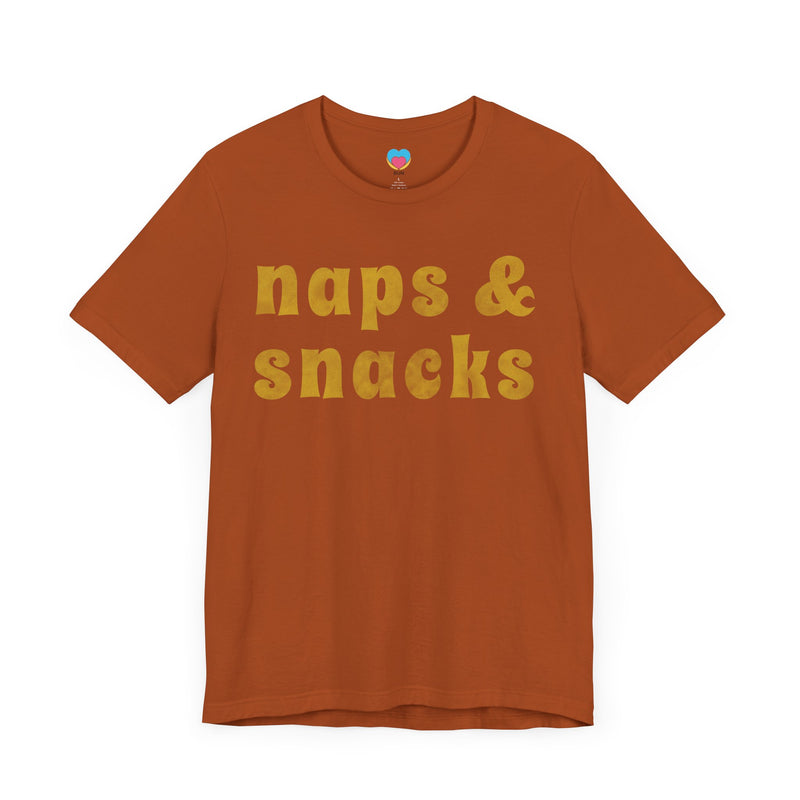
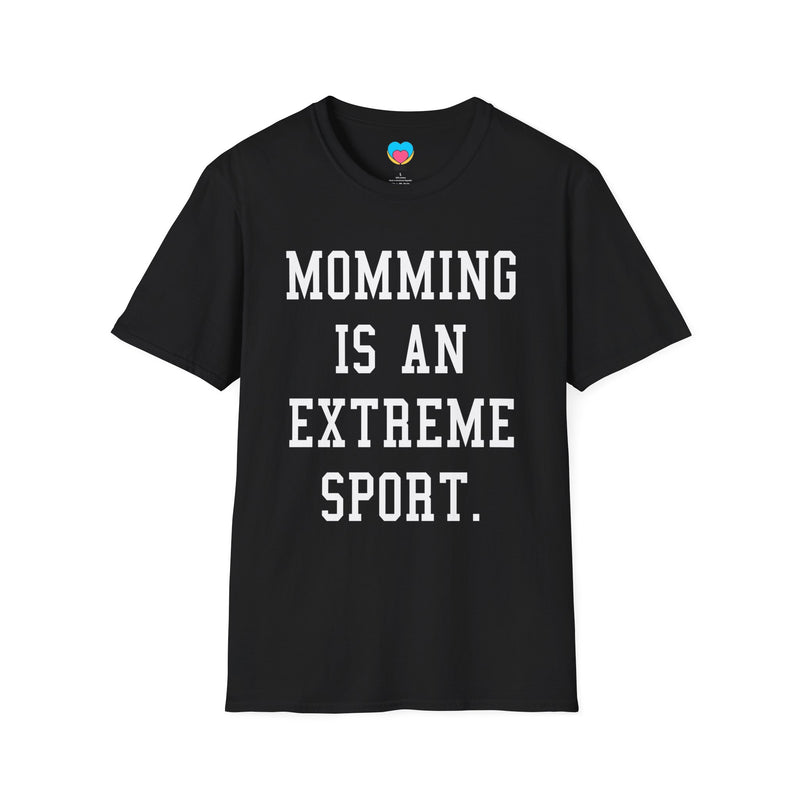
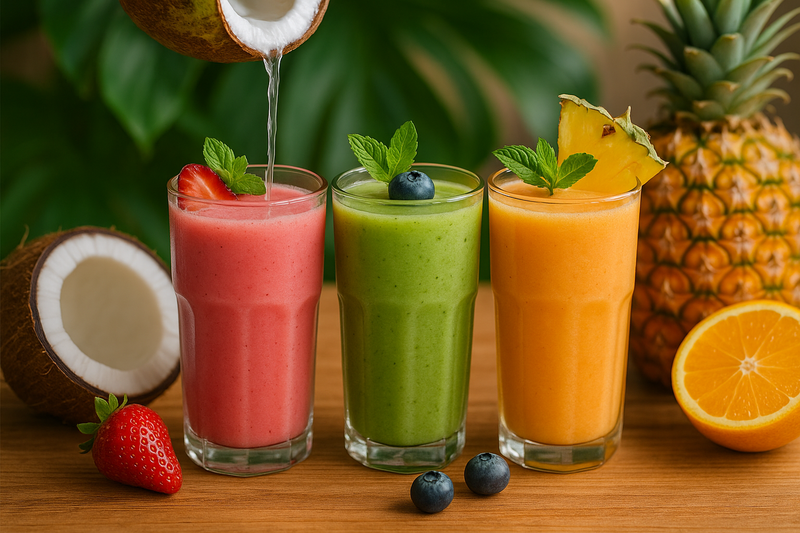
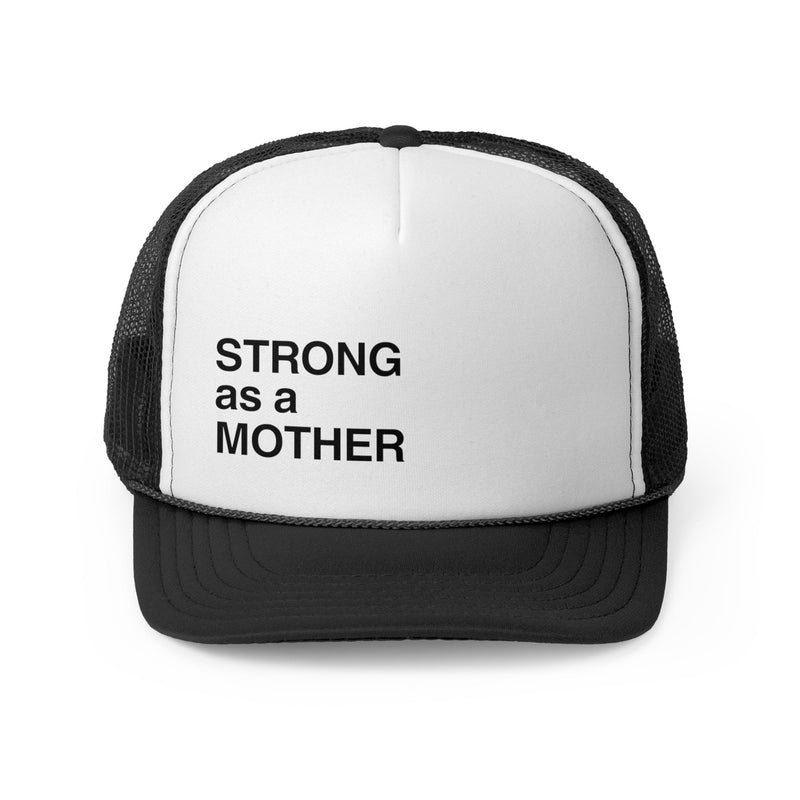
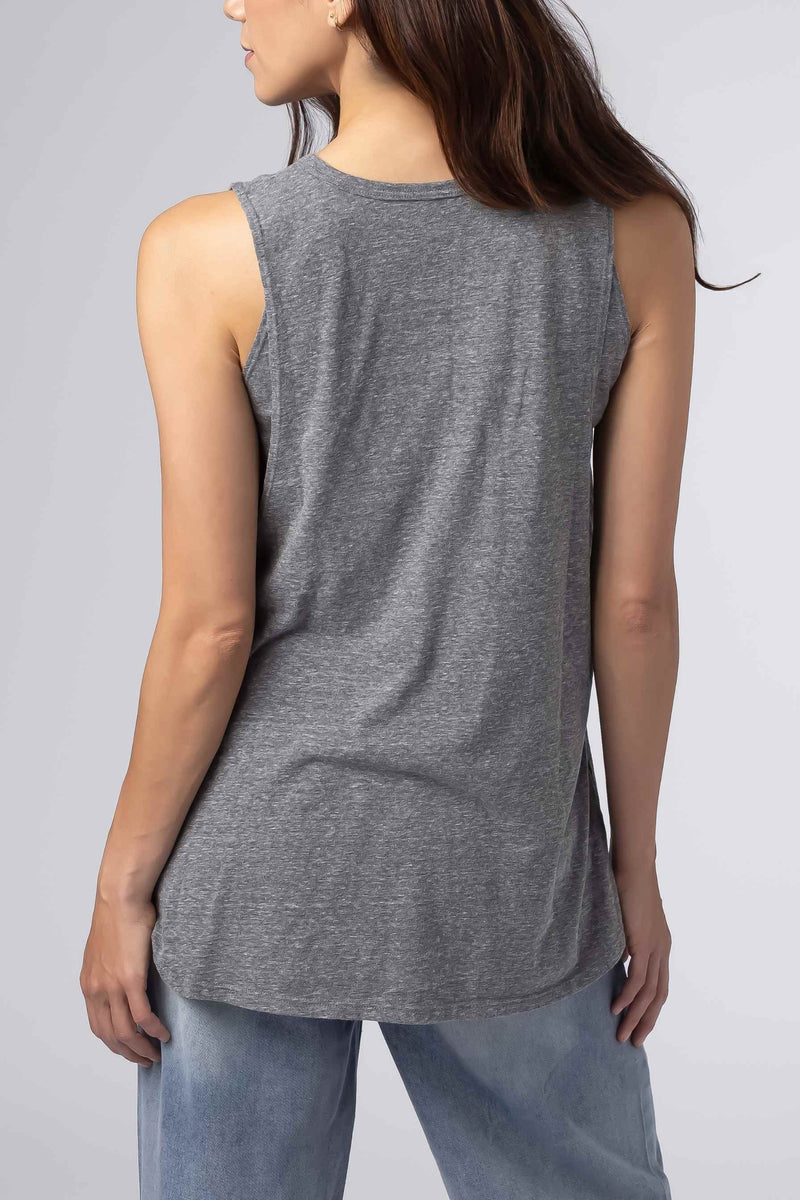









0 comments